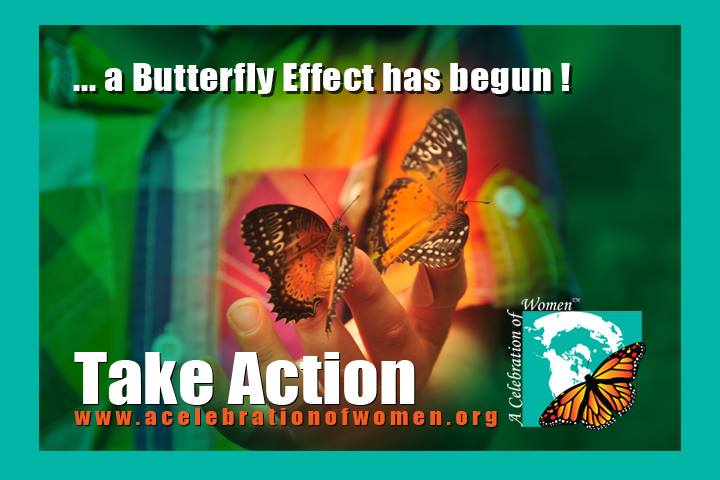When HIV/AIDS began to ravage the developing world years ago, the problem seemed almost too large to tackle. At that time, the early 1990s, I was living in Haiti studying the interrelationship of AIDS and tuberculosis, and I watched the epidemic unfold on the ground. Few people thought it was possible to provide treatment for the disease in a setting where tools were so limited and resources so scant.
Hope, however, began to take hold in the early part of this millennium.
In the early 2000s, I found myself back in the region, directing the CDC’s Caribbean Regional Office, and visiting Haiti on a regular basis. In 2002, the Global Fund to Fight AIDS, Tuberculosis and Malaria Exit Disclaimer— the world’s largest global health financier — was launched with the express purpose of combating these three diseases in the world’s poorest regions. A year later, the Bush Administration rolled out the U.S. President’s Emergency Plan for AIDS Relief (PEPFAR) with a similar goal, focused on the AIDS epidemic.
For the past decade, these two organizations have navigated uncharted waters. Together, they established aggressive goals toward a singular mission: to provide programs that treat and care for people combating preventable diseases. Today, not only has incredible progress been made but ambitious new targets have been set and the idea of an AIDS-free generation is a realistic goal.
Based on the past decade’s experience, these two organizations have evolved to become more efficient and effective. They serve different, but equally necessary purposes: The Global Fund is focused on mobilizing and providing life-preserving resources; PEPFAR is responsible for technical support and on-the-ground implementation. Through partnership and collaboration they are able to pursue their missions better together than either organization could do alone.
My current role as Global Fund Attaché was created to facilitate this collaboration through identifying programmatic areas and opportunities for partnership between PEPFAR and the Global Fund, and enhancing communication among all stakeholders: from the U.S. government to implementers in the field and at the Global Fund Secretariat in Geneva.
Haiti is a great example of how this collaboration can work in-country. From something as simple as aligning reporting timelines to more complex, project-specific coordination, the two organizations are ensuring that their work is complementary.
Recently, the Global Fund Portfolio Manager and the PEPFAR team in Haiti participated in a mapping exercise that looked at all the programs the two organizations support. This exercise helped to reduce duplication of resources and to fill gaps in funding. As a result, the two organizations have aligned their reporting indicators and timelines. This coordinated reporting helps ensure there is no undue burden places on joint funding recipients.
Increasingly, partnerships in the field are expanding to focus more on country ownership, which stimulates a greater role for domestic governments. For instance, the Global Fund and PEPFAR have collaborated with Haiti on projects to support systems capacity and promote sustainability. The three recently worked together to support a supply chain and medicine distribution system to ensure drug quality, reduce costs and help eliminate drug stock-outs.
Again, each partner played a unique role in the project: PEPFAR provided the infrastructure and in-country coordination, the Global Fund committed to providing the health commodities, and the government of Haiti is now beginning to pay for human resources needed to staff the project.
As we reflect on this, the 10-year anniversary of PEPFAR, it is remarkable what has been achieved in the fight against HIV/AIDS in Haiti and around the world. Antiretroviral coverage in developing nations has increased, the number of new infections is falling, and mortality rates have dropped. We are now at a point where, with the right resources — combined with recent scientific advancements that prove the effectiveness of combinations of interventions — we can make an AIDS-free generation a reality.
There is still much to be done in order to achieve this goal. Continued partnership between the Global Fund and PEPFAR will be key to maintaining and scaling up the fight. In the words of former Secretary of Health and Human Services and first Chair of the Global Fund Board, Governor Tommy Thompson: “We are all attacking the same problem, we are all serving the same people, and we are doing it together.”
Related posts: Update on Our Partnership With Haiti on Health Building on What Works: U.S. HIV/AIDS Programs Forge Haiti Earthquake Response, Improving the Quality of Health Services for the Haitian People, U.S. Health Partners Play Key Role in Haiti Earthquake Response, Help for Haiti
Working ‘Hand-in-Hand’ in HAITI
July 18, 2013 by







